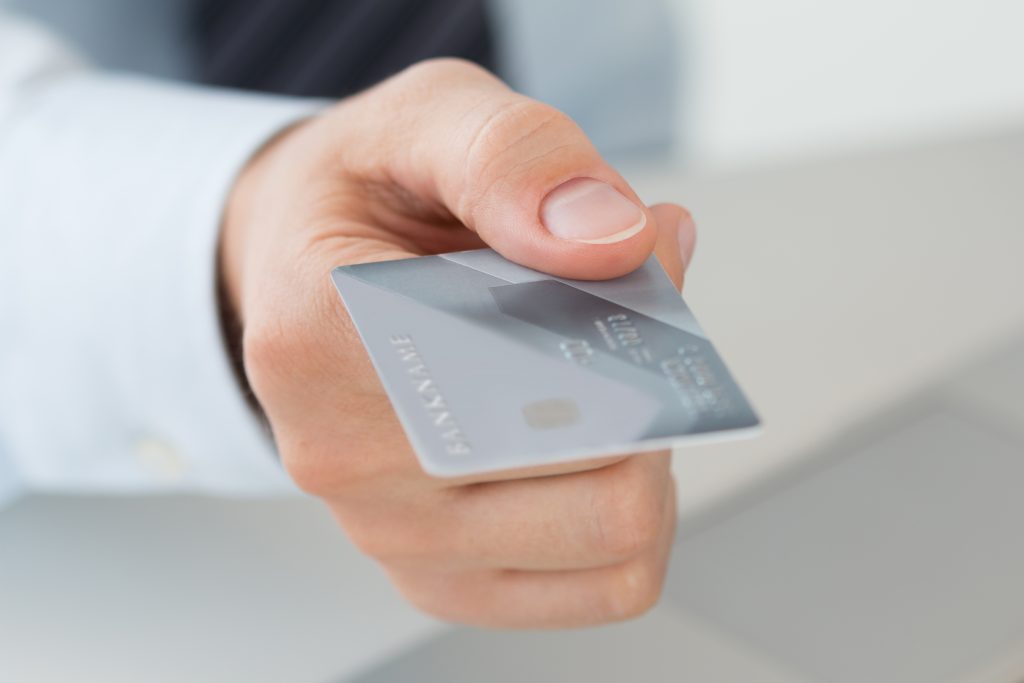So, how do you cut those debts? We’ve created a blog with 17 points to provide you with some guidance.
- Start with a budget: Begin by creating a budget that helps you understand your income and expenses. List all your monthly bills and expenses, including debt payments, and compare them to your income.
- Prioritize high-interest debt: Focus on paying off the debt with the highest interest rate first. This will help you save money on interest payments and reduce your overall debt faster.
- Seek professional help: If you’re struggling to manage your debt on your own, consider seeking professional help from a credit counselor or debt management company. They can help you create a plan to reduce your debt and manage your finances. If you still find yourself in debt, then an IVA may be a possibility – here’s some insight on it and also spending restrictions related to an IVA.
- Use the debt snowball method: Pay off your smallest debts first while making minimum payments on larger debts. Once the smallest debt is paid off, move on to the next smallest debt, and so on. This method can help you build momentum and stay motivated as you see your debt decreasing.
- Consolidate your debt: If you have multiple credit card debts, consider consolidating them into one loan with a lower interest rate. This can make it easier to manage your debt and reduce your overall interest payments.
- Negotiate with creditors: If you’re struggling to make payments on your debts, try negotiating with your creditors for a lower interest rate or a payment plan that works better for you. Many creditors are willing to work with you to find a solution that works for both of you.
- Cut back on expenses: Look for ways to cut back on your expenses, such as eating out less, cancelling subscriptions you don’t use, and finding ways to save money on your bills. Every dollar you save can be put towards paying off your debt.
- Increase your income: Look for ways to increase your income, such as taking on a part-time job or freelance work, selling items you no longer need, or starting a side hustle. The extra income can be used to pay off your debt faster.
- Use a balance transfer credit card: If you have credit card debt, consider transferring your balance to a card with a 0% introductory interest rate. This can help you save money on interest payments and pay off your debt faster.
- Stay motivated: Cutting your debt can be a long and difficult process, but it’s important to stay motivated and focused on your goal. Celebrate your progress along the way, and remind yourself of the benefits of being debt-free.
- Use a debt payoff calculator: Use an online debt payoff calculator to help you plan and track your progress. These calculators can show you how much you’ll save in interest payments and how long it will take to pay off your debt.
- Stop using credit cards: Stop using credit cards while you’re paying off your debt. This will prevent you from adding to your debt and help you stay on track.
- Sell items you no longer need: Look around your home for items you no longer need and sell them online or at a garage sale. The extra cash can be used to pay off your debt.
- Avoid unnecessary purchases: Before making a purchase, ask yourself if you really need it. If not, put the money towards your debt instead.
- Look for ways to save on bills: Look for ways to save money on your bills, such as by switching to a cheaper phone plan or cable package.
- Avoid payday loans: Payday loans can have extremely high interest rates and can trap you in a cycle of debt. This can cause lots of long term issues and as we know payday loans have links to worse financial situations
- Get a lower interest rate: Call your credit card company and ask for a lower interest rate. If you have a good credit score, you may be able to negotiate a better rate.
Please follow and like us:






